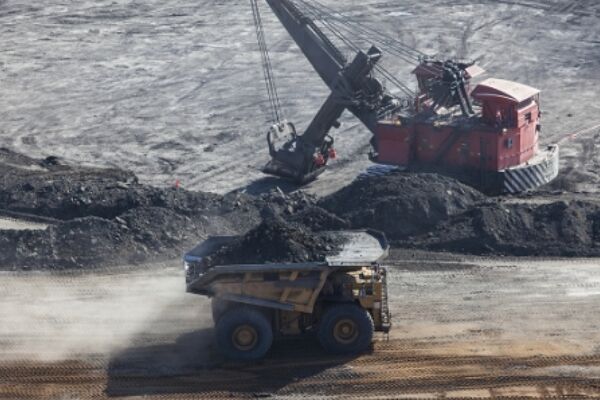
The crucial role of high-performance lubrication i...
Extreme conditions in mining cause wear and downtime. Eurol offers solutions to improve the lifespan and efficiency of machinery.
9 de mayo
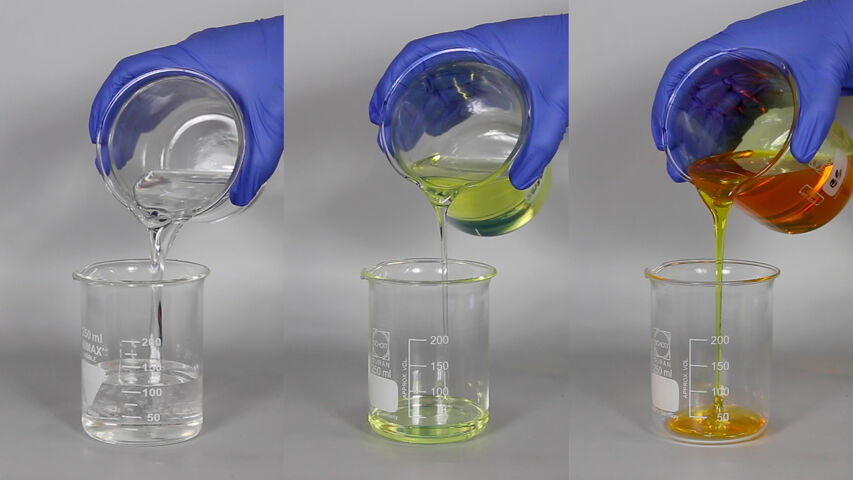
El uso de un aceite de motor que cumpla con la viscosidad prescrita es importante para garantizar una lubricación adecuada de las partes móviles del motor. El aceite debe formar una película lubricante que impida el contacto entre las piezas en movimiento, evitando así el desgaste.
Una forma de reducir el riesgo de desgaste es utilizar un aceite de motor de alta viscosidad. Cuanto mayor es la viscosidad, más gruesa es la película lubricante y menor es la probabilidad de contacto entre metales. Sin embargo, una película lubricante demasiado gruesa provoca fricción, lo que conlleva una pérdida de energía. La fricción fluida aumenta el consumo de combustible y, por tanto, las emisiones de CO₂. Esto ha llevado a la búsqueda del equilibrio adecuado: el desarrollo de aceites de motor de menor viscosidad que ofrezcan buena protección combinada con propiedades de ahorro de combustible.
Este vídeo compara tres aceites base con diferentes viscosidades. De izquierda a derecha, la viscosidad aumenta y el aceite se vuelve más espeso.
Las viscosidades de los aceites a una temperatura de 100 °C son, de izquierda a derecha: 5,9 – 10,6 – 34,4.
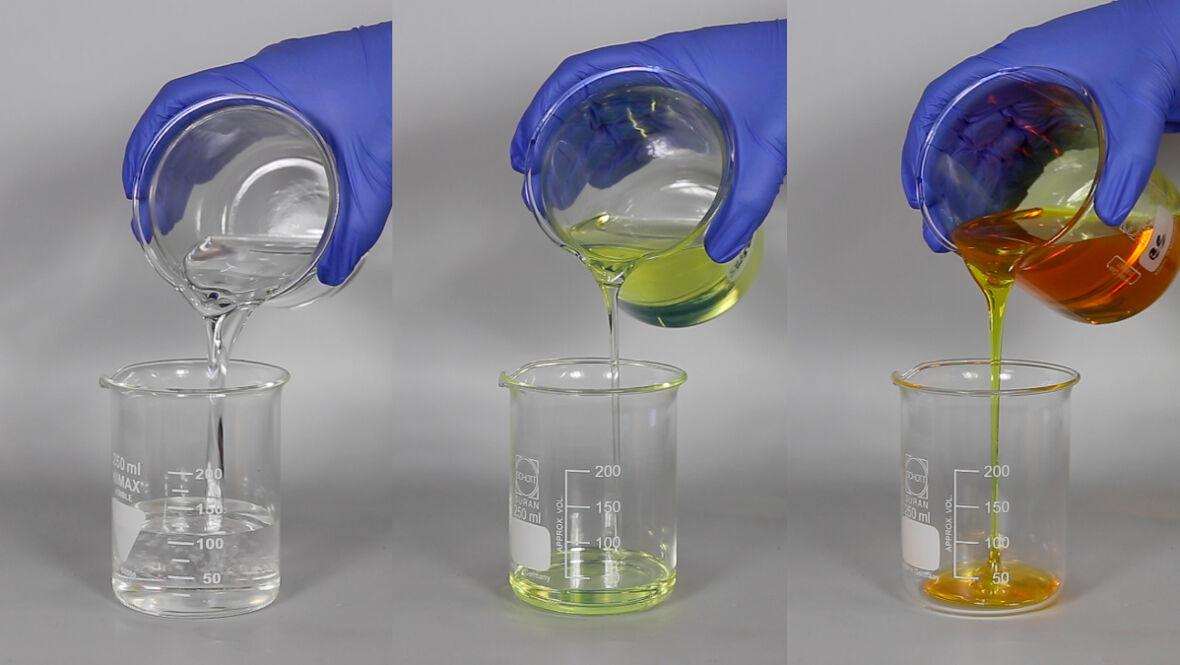
Para evitar el consumo de combustible debido a la fricción excesiva del fluido, los fabricantes de automóviles (OEM) se esfuerzan por utilizar aceites de motor aún más delgados. Donde hace una década el mercado percibía un aceite de motor 5W-30 como revolucionario, hoy en día un 0W-20 es la recomendación principal. En el número de viscosidad, el primer dígito - en este caso 0 - representa la viscosidad a baja temperatura. Cuanto menor sea este número, más fácil arrancará el motor en un arranque en frío. La W significa invierno. El segundo número - en este caso 20 - indica la viscosidad cuando el motor está caliente (100 ̊C). Cuanto menor sea este número, más delgado será el aceite del motor (ver el video arriba).
La tendencia hacia viscosidades más bajas requiere nuevas formulaciones de aceite de motor para cumplir con las últimas especificaciones de los OEM. Cuanto menor sea la viscosidad de un aceite de motor, más importante se vuelve la protección química del motor. A pesar del cambio en viscosidad, el uso de componentes químicos está limitado para proteger los sistemas sensibles de post-tratamiento de gases de escape. Por lo tanto, es aún más importante esforzarse por la composición química óptima del aceite de motor y seguir el consejo del OEM.
Por lo tanto, es importante elegir el aceite de motor adecuado que cumpla con las recomendaciones del OEM y, por lo tanto, con las especificaciones y viscosidad prescritas. ¿Quieres saber más sobre qué lubricantes necesitas para tu vehículo? Entonces consulta nuestro Asesor de Aceite.
Actualmente, varios fabricantes de automóviles ya prescriben un aceite de motor 0W-20. Algunos fabricantes incluso prescriben un 0W-16, motivo por el cual Eurol lanzó el Eurol Evolence 0W-16. Los desarrollos hacia aceites de motor 0W-12 y 0W-8 están en curso. Las viscosidades más bajas de estos aceites de motor ofrecerán aún más eficiencia en combustible.
En nuestro Centro de Investigación y Desarrollo, nuestros ingenieros trabajan continuamente en el desarrollo y mejora de productos y tecnologías. Seguimos de cerca los desarrollos en el mercado para garantizar que nuestros lubricantes proporcionen las mejores propiedades para un rendimiento óptimo.

Extreme conditions in mining cause wear and downtime. Eurol offers solutions to improve the lifespan and efficiency of machinery.

Seguramente te resulta familiar la siguiente situación: llegas a un semáforo y el motor se apaga. Afortunadamente, se vuelve a encender cuando quieres continuar. ¿Irritante...
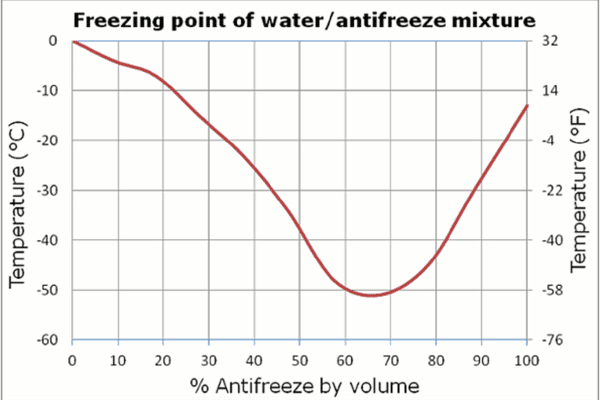
¿Qué función cumple realmente un refrigerante, cuáles son las diferencias entre tecnologías y qué propiedades tienen? ¿Y por qué ya no es posible elegir un refrigerante bas...
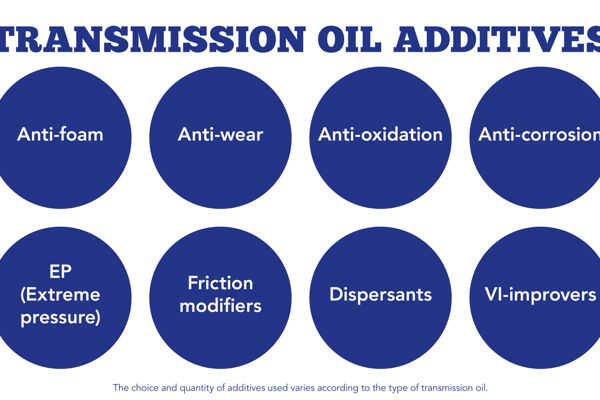
Ahorro de combustible, cambios de marcha más suaves, mayor vida útil y cárteres más pequeños: estos son los principales impulsores de la innovación en el ámbito de las tran...

Extreme conditions in mining cause wear and downtime. Eurol offers solutions to improve the lifespan and efficiency of machinery.

Seguramente te resulta familiar la siguiente situación: llegas a un semáforo y el motor se apaga. Afortunadamente, se vuelve a encender cuando quieres continuar. ¿Irritante...

¿Qué función cumple realmente un refrigerante, cuáles son las diferencias entre tecnologías y qué propiedades tienen? ¿Y por qué ya no es posible elegir un refrigerante bas...

Ahorro de combustible, cambios de marcha más suaves, mayor vida útil y cárteres más pequeños: estos son los principales impulsores de la innovación en el ámbito de las tran...
